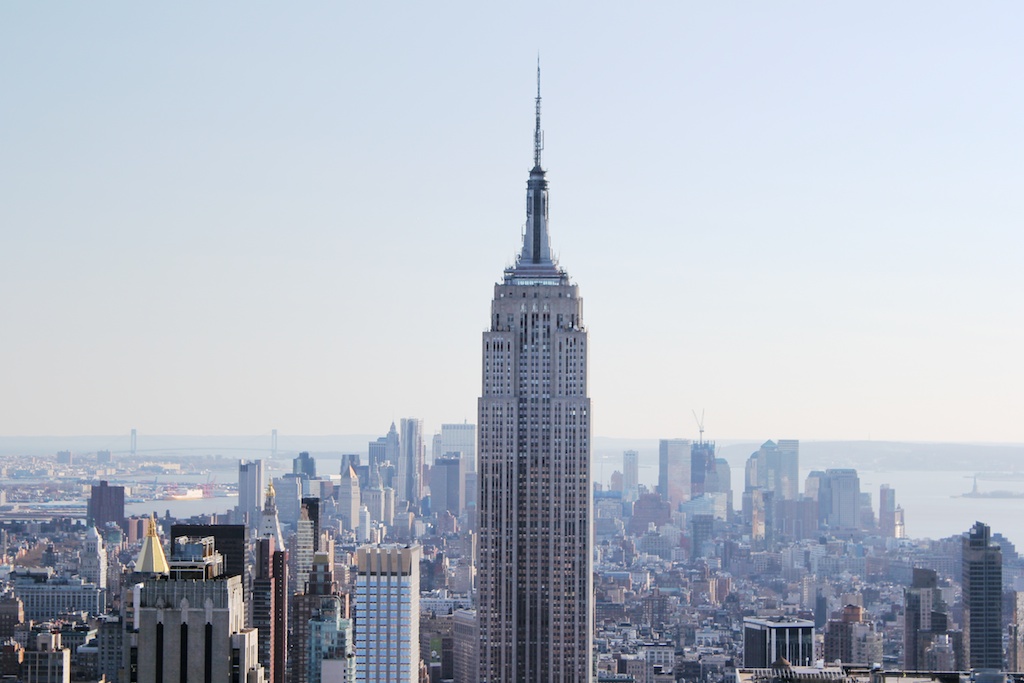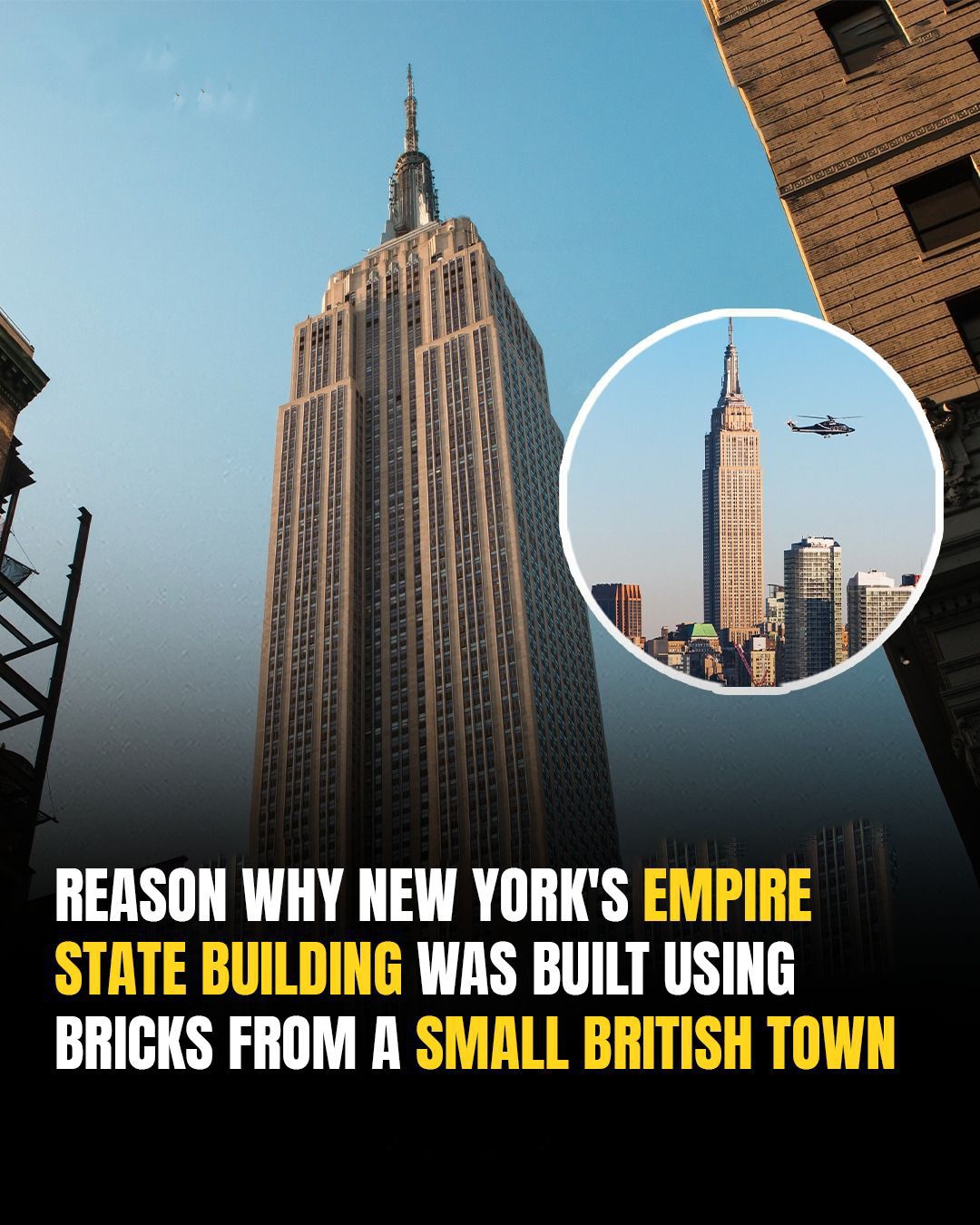One of New York City’s most recognisable monuments is the 1,454-foot-tall Empire State Building.
Over four million people visit the 102-story steel-framed skyscraper each year. Before the World Trade Centre overtook it in 1971, the imposing building stood as the world’s tallest structure for 40 years.
But did you know that special bricks from a little town in Lancashire, England, were used to build the landmark’s foundations?
Accrington Brick and Tile Company in Altham built ‘nori’ bricks, which are renowned for being among the hardest bricks in the world.
The foundations of the Empire State Building and other significant buildings, like as Blackpool Tower and the Sellafield nuclear plant in Cumbria, were built using thousands of these ‘nori’ bricks.

Bricks made from the premium clay found beneath Lancashire were ideal for everything from chimneys to skyscraper foundations because they could withstand nearly everything, even exposure to acid and extreme pressure.
Nori bricks were also employed in locations like the Brick Train artwork in Darlington and the Hacienda nightclub in Manchester.
The phrase’red brick universities,’ which was initially used to describe the University of Birmingham’s Chancellor’s Court building, is also credited to their deep red hue.
Regarding the origin of the name ‘Nori,’ nobody is quite certain.
Some claim it’s because the word “Iron” was written on the brickworks’ chimney backwards, with the letter “I” at the bottom. The most widely accepted explanation is that the letters “IRON” were arranged in the brick moulds in reverse to form the word “NORI.”
Others think it was done on purpose to differentiate them from the ‘Accrington Red’ (REDAC) bricks made in nearby Huncoat.
These bricks were transported all over the world for more than a century by the Leeds and Liverpool Canal and the East Lancashire Line railway.
A £1.4 million investment to assist the property boom in 2014 revived the brickworks after production ended in 2008, resulting in the loss of 83 jobs.
In order to commemorate the factory’s reopening, then-prime minister David Cameron and chancellor George Osborne even visited it that year.
These well-known bricks, which had modest beginnings in a little British town, have gained notoriety for withstanding some of the most renowned landmarks in the world.

